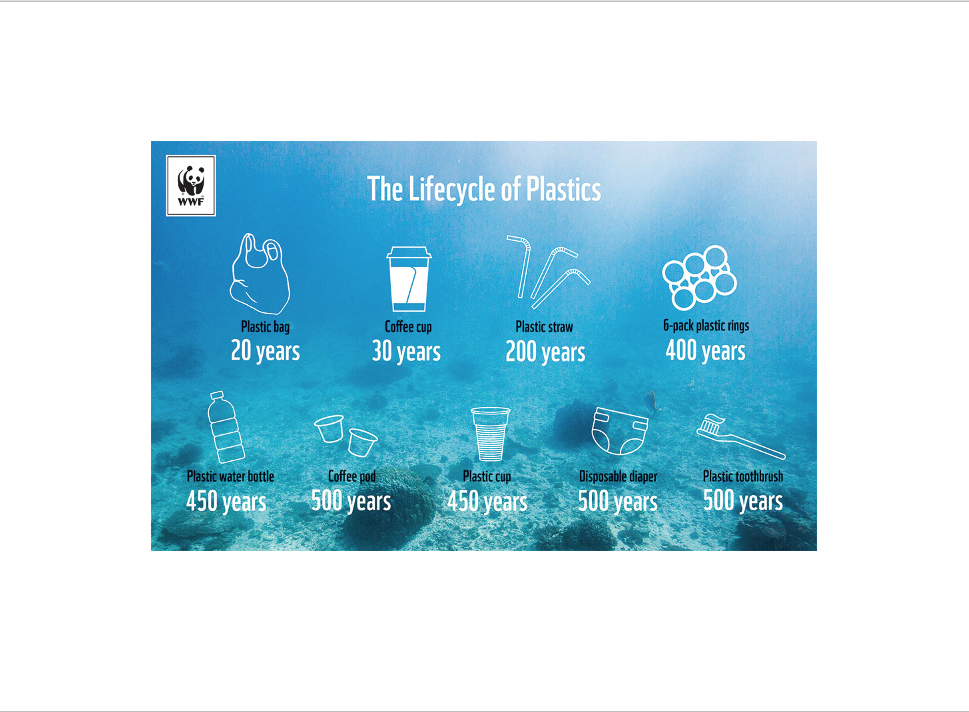
Plastic waste facts
Nowadays, plastic waste can be found anywhere in the world, as it has many advantages: It is cheap, lightweight, easy to use and designed to last. But what is a blessing is at the same time a curse, as it takes hundreds of years to break down, consequently all plastic ever produced still exists in some form today.


DID YOU KNOW THAT…?
… 8 million tons of plastic waste enters the oceans each year
… every year the world uses almost 481 billion plastic bottles (that’s almost 1 million every minute!)
… it takes up to 450 years for a bottle to decompose
… our oceans could contain more plastic than fish by 2050
… in 2018 62 million tons of plastic were produced in Europe of which only 30% were recycled
… the financial impact on Mediterranean tourism industry due to plastic pollution is approx. 268 million € each year
PLASTIC POLLUTION AS A THREAT
We all have the images of plastic products flooding in the ocean next to fish and turtles, (plastic) waste piled up at beaches or turtles starving to death as they have eaten only plastic bags they mistook for jellyfish. As a fact, the world is producing a lot of plastic, with only a small portion of is being recycled or treated in an environmentally safe and adequate way. The majority ends up in landfills, nature and oceans or is being incinerated.
High-income countries including most of Europe, North America or Australia have a very effective waste management with secure landfills so that plastic waste is adequately managed. In low-to-middle-income countries like many countries in Africa or South Asia 80-90% of the plastic is not managed in an environmentally safe way polluting oceans and rivers.
Plastic pollution is a huge threat to food safety and quality, human health, coastal tourism and the climate change. Marine plastic pollution is an even bigger global problem affecting the tourism industry significantly.
PLASTIC BAGS CAN TAKE 450 YEARS TO BREAK DOWN
Plastic is such a huge threat as it can take hundreds of years to break down and in doing so it leaves very small plastic pieces behind. These pieces known as microplastic has already been found in marine species that are consumed by humans.
The WWF Australia has created a great overview of the lifecycle of plastics:




